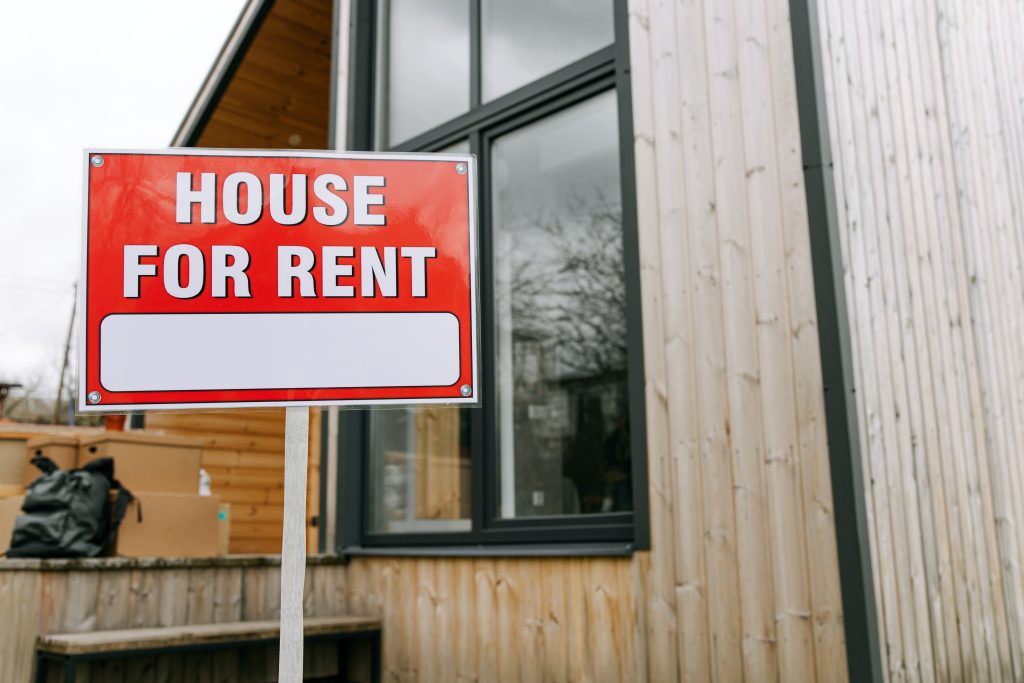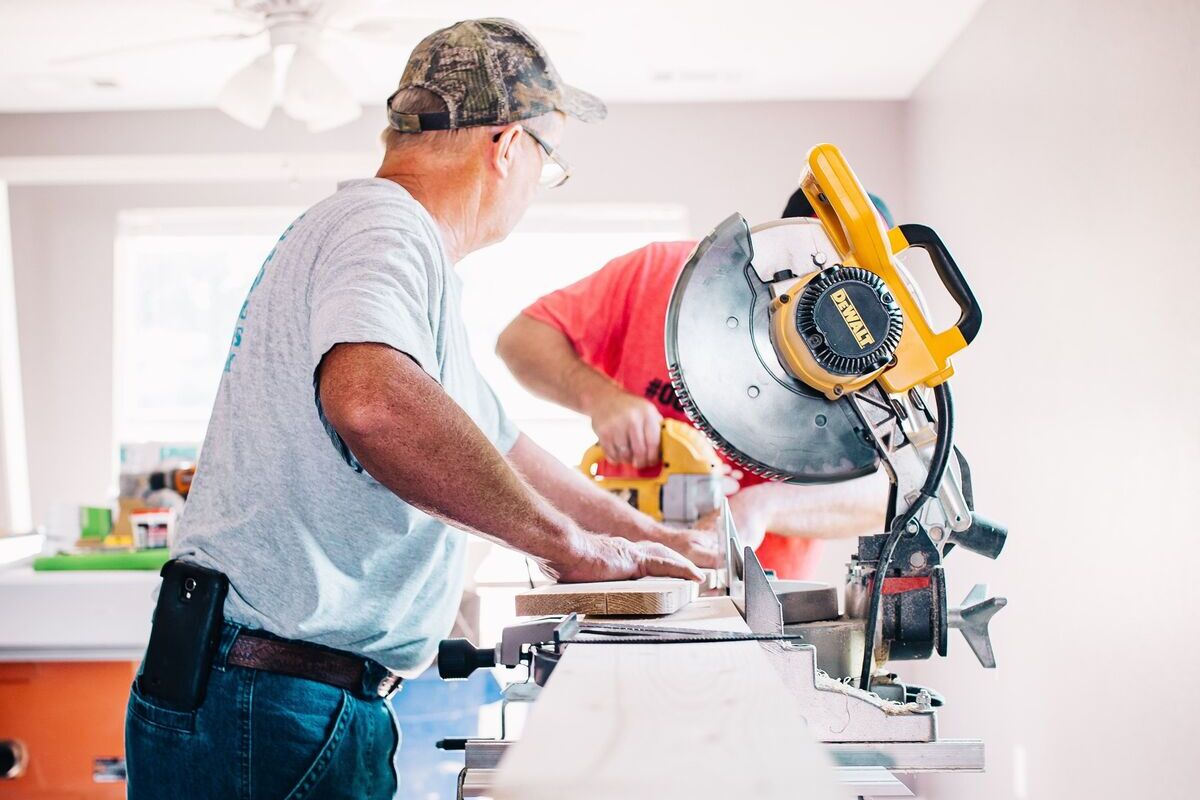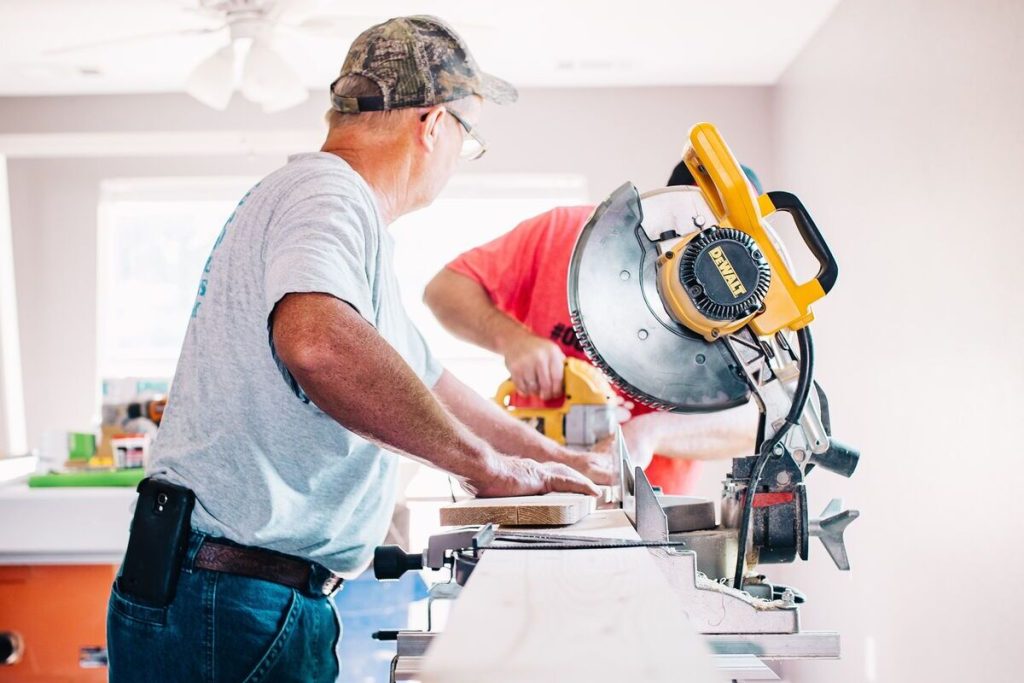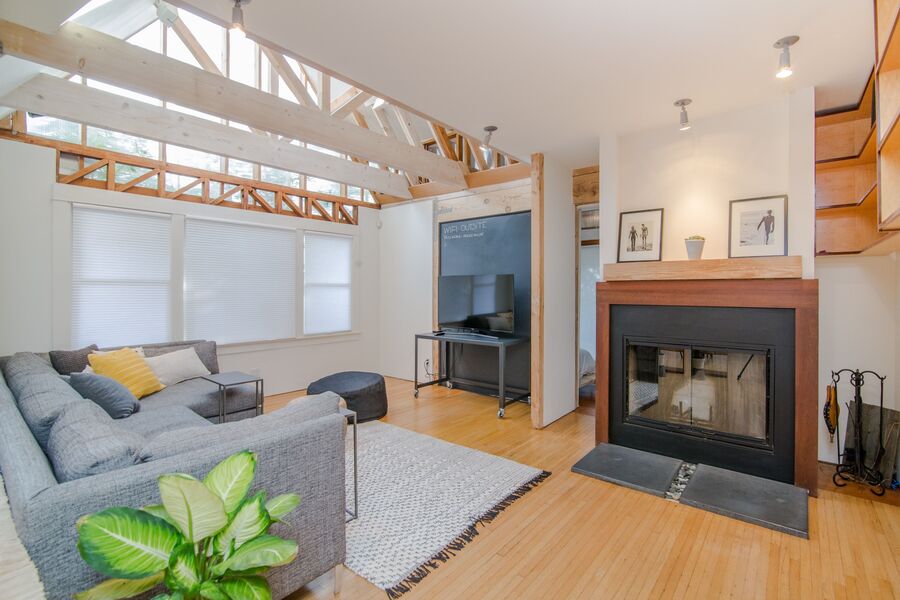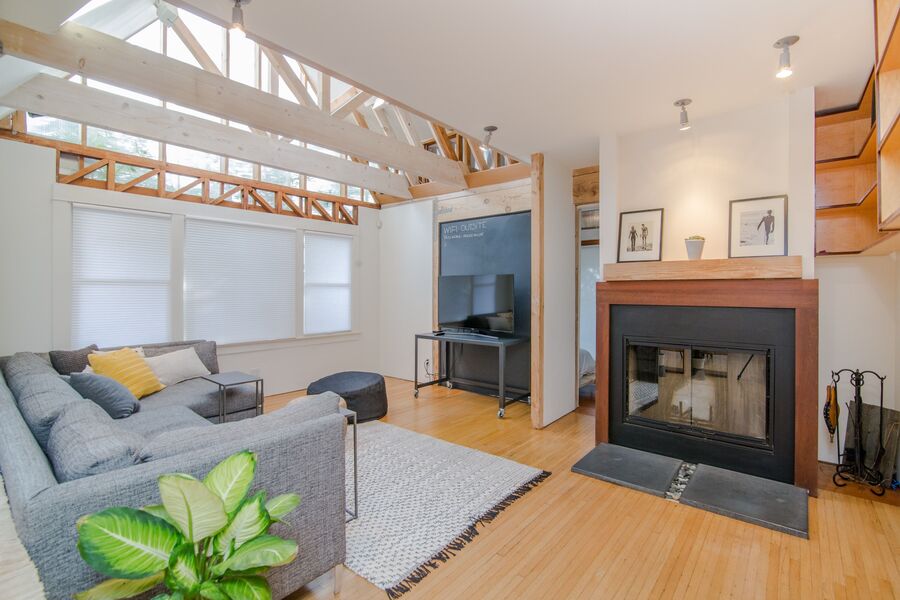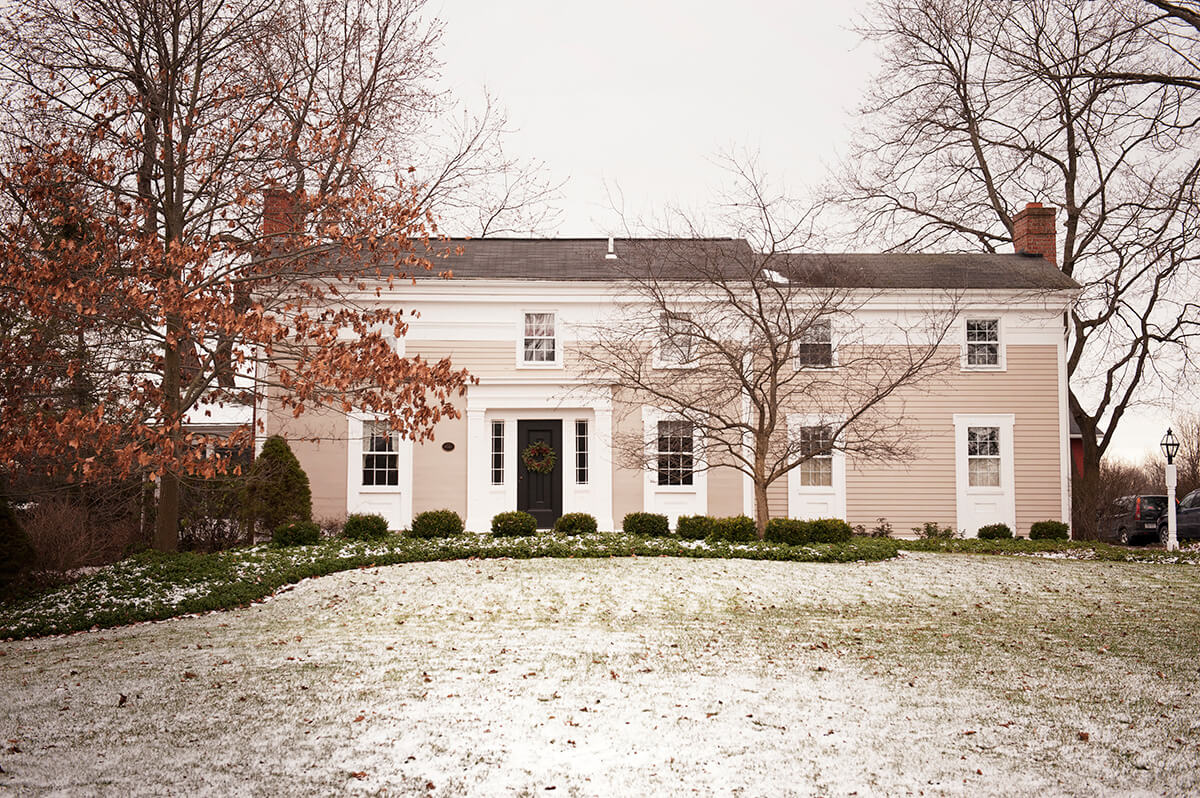
How to prepare your home for the winter
- Assess your roof to be cold proof – this is a great action to avoid issues during the winter season.
- Seal the windows and doors – for the breeze not to enter inside your home.
- Check the heating system – if there’s a fireplace it’s better to have it inspected.
- Reverse your ceiling fan’s direction – great option to help distribute warm air into the room.
- Buy enough groceries – so that you can chill and watch some series.
- Wear something thick – for you not to get sick.
Easy Spring-Cleaning Ideas
- Take a rest and make a schedule
Well taking a rest first isn’t that hard to do, right? Just have some breakfast and drink your favorite caffeine, chocolate or juice to make your day energized. But before doing so, make sure that the day that you will clean your house is free and away from your date complications. You don’t want to get disturb when you’re in the middle of cleaning and have remembered that you do have other errands to do, isn’t that true? So, it is important to plan your actions.
- Polished the dirtiest area
This would be a great suggestion to start with the dirtiest area of your home which is your comfort room or your kitchen. Starting with the dirtiest one will help you to clean other parts of your home easier. Clean the parts of your home one by one and don’t rush having them cleaned right away to maintain true cleanliness.
These are the most common ways of cleaning a home. Sweeping throughout your house is indeed exhausting but what can make you feel worse is by mopping. It is a combination of sweeping to your floor, but with water and detergent on it. You can scrub the counters or cabinets in your home as well to thoroughly cleanse your home. After these, spray disinfectant to make insects and germs away.
In the final touch of cleaning your house, a new soft furnishing will please the eyes of people that will see your home. Imagine for a look that is new such as your curtains, beddings, blankets and carpets that is one of the satisfying moments in cleaning.
After you spend your whole day cleaning your home, a great shower will help your body relax. The feeling of refreshment will benefit yourself to sleep well. Listen to some music that will calm your body and mind. You may also light a scented candle with your favorite scent.
5 easy steps to prepare your home for Summer
- Keep your room bright and spacious.
Remember to switch heavy blankets for light throws, dark bed linen for summer lights, and thermal curtains for billowy voiles. Other techniques to explore include opening windows (remember to clean them), strategically positioning mirrors to reflect light, and putting plants on sideboards.
- Decorate your home with plants
The best way to prepare your house for summer is to add a little greenery inside. A quick and simple approach to accomplish this is simply gathering and painting a number of garden twigs. As additional favorite flowers bloom, you can then supplement this with ribbons, daffodils, and other decorations.
- Decorate in vibrant summer colors.
For a relaxed atmosphere at home, choose bright colors like oranges, zesty yellows, and pastel blues. You may zone a space with paint, add a few sea-green turquoise scatter pillows to your sofa, or buy fresh bed linen that feels as light as summer mornings.
- Update the insulation in your house.
Pay particular attention to the levels that separate the conditioned and unconditioned areas of your home, including the attic. You can add more insulation on top of the material you already have.
- Watch for the presence of mold.
Due to higher temperatures and humidity, mold spores prosper throughout the summer. Check your home for a build-up of water, making sure your bathroom is well-ventilated, checking sinks and tubs for leaks, and remember to keep washing machine doors open after use.
5 Easy and Affordable Ways to decorate for the holiday.
- Welcoming the season!
You can feel this season by starting up with decorating your front door. It is attractive and pleasing when you decorate the main door of your house with illuminated snowflakes, garlands, bow, or glittery Christmas balls. This elegant idea will give your home a charming and delightful impression.
- Spruce up your staircase
In your home, especially the staircase, it is exquisite to decorate it by hanging some dazzling ornaments from lovely ribbons. Even if your tree doesn’t have a full decoration this year, you may still flaunt some special ornaments.
- Bundles of Joy
This season’s true essence is all about gifts, but it doesn’t mean that it should be expensive. You can create something creative but explicitly stylish using some DIY boxes.
- Smells of Christmas
Christmas-scented air instantly makes a home feel welcoming. Choose inexpensive candles from the dollar store, melt the wax, and then add your favorite fragrance oil. You can also use previously used containers and add a little touch of the Christmas theme.
- Sweets Perfect
Ribbon-tied bundles provide attractive table arrangements. Bunches of sweets can surely double the decor of this holiday.
Easy ways to create great curb appeal
A few gallons of paint can do wonders for curb appeal, and a unified color scheme can give your house a more elegant, well-kept appearance. Try to match the architectural elements of your home, such as the front door, shutters, trim, railing, posts, and garage door, whether you’re painting or staining them.
Take into account both the design of your home and the purpose of the lights when purchasing new outside lighting fixtures. You want them to be able to safely and effectively illuminate your entrance. To save time and money, look for fixtures that have the same mounting mechanism as the ones you currently have. Fixtures for exterior lighting start at $25 and go up from there. If you want to try to find vintage lighting to complement the age and appearance of your home, check salvage stores.
Container gardens quickly and cheaply give any home’s exterior a cozy atmosphere and vibrant curb appeal. Garden supply stores have pre-made containers, or you can make your own using your favorite plants. For the majority of landscapes, an asymmetrical, staggered layout produces the most dynamic results.
There are ways to draw attention to your front entrance and enhance curb appeal even on a tight budget. By adding a few well-chosen and artfully arranged plants to the front porch, you may transform the entrance to your home into an attractive focal point. When placed on the top and sides of the doorway, molding also serves as an architectural eyeliner.
Symmetrical designs produce eye-pleasing focus points that instantly give your property a more polished appearance. Put matching wall lanterns or plants on either side of your entrance door to achieve the desired effect. The same thing can be done around your garage door if there isn’t enough space at your entrance.
The difference between different sources of heat for a home (Electric, Steam, Hot Water, HVAC, Radiant)
Electric
Due to the high cost of power, electric resistance heating systems or heaters are seldom used as the principal house heating system. For homes without other heating systems, basements, season rooms, and home offices, they make a good supplemental heating solution.
Steam
The boilers that were put in these older homes have a sight glass to show the water level and a low-water sensing system to keep the water level there. These steam boilers employ water to create steam that is subsequently utilized to warm the house by sending it up through the radiators.
Hot water
Hydronic heating, or hot water heating, followed the process of heating with steam. However, instead of using steam to heat the system, hydronics uses water to flood the baseboards. 180 degrees are reached in the water’s temperature. Water that circulates through the heating system’s pipes and radiation sources heats the home.
HVAC
Any system that controls a space’s temperature or ventilation is referred to as HVAC (heating, ventilation, and air conditioning). There are many different kinds of these systems, ranging from central air and heating to portable space heaters and AC units. Building owners can modify HVAC systems to meet particular temperature control requirements. HVAC systems are intended to maintain spaces at a comfortable temperature.
Radiant
Using electric or hydronic in-floor or in-ceiling radiant heating panels or tubing, radiant heating transfers heat to the occupied space. Electricity, a boiler powered by gas or oil, solar energy, or even geothermal energy are all possible radiant heat sources.
